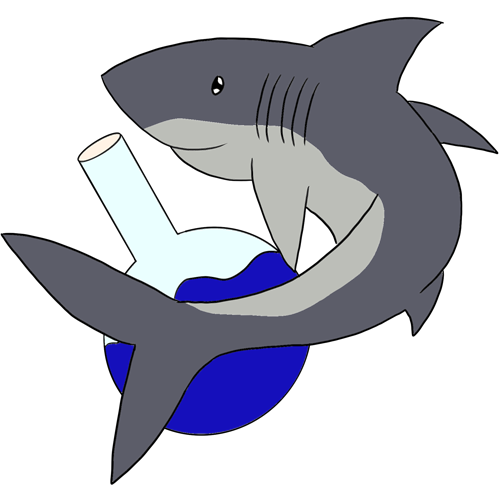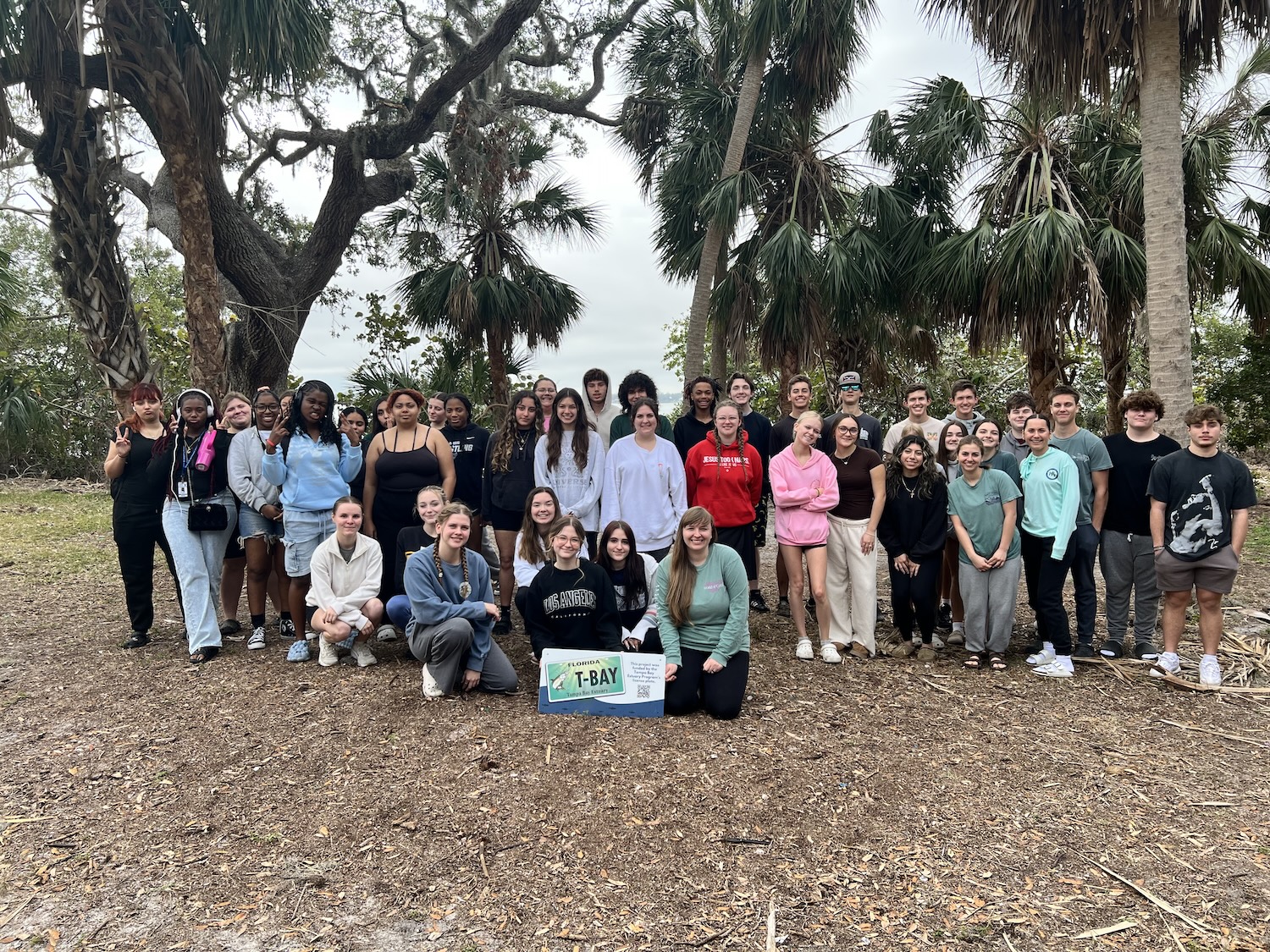There’s something magical about watching your students explore the outdoors, get their hands dirty in the muck, and finally understand how an estuary works because they’re standing in one. But if you’ve ever tried to book a field trip and found your dream experience booked up—or just not quite right for your curriculum—you’ve probably thought: “What if I just planned my own?”
Spoiler alert: you can. And honestly, you should.
Planning your own custom field trip gives you total control over the activities, aligns perfectly with your curriculum goals, and creates an unforgettable day for your students. Yes, it takes work—but with the right support and a few tricks up your sleeve, it’s absolutely doable.
Here’s how we made it happen, one splash at a time.
Step 1: Dream It Up
First things first—what do you want your students to experience? Is this a wrap-up to your estuary unit? A deep dive into water quality and human impact? A way to connect classroom content to the real world?
For us, we wanted students to:
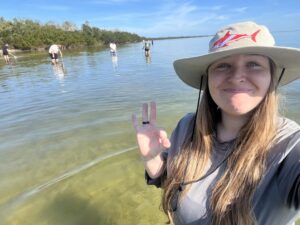
- Measure salinity and dissolved oxygen like real marine scientists
- Collect and ID estuarine animals in a seagrass bed
- Run a shoreline clean-up
- And of course, reflect on their impact as coastal citizens in the estuary
We sketched it out like stations at a science fair, only way cooler and with more seagrass.
Step 2: Funding the Dang Thing
Now let’s talk money. You don’t need to come out of pocket for your dream field trip—there are grants out there specifically to get kids outdoors. Here’s where we found success:
- Tampa Bay Estuary Program (TBEP) Mini-Grants – Perfect for local field-based projects tied to the watershed. Bonus: they love student-led action and community partnerships.
- SPLASH! Grant – Offered through SWFWMD, this one is gold for water-related learning experiences. If you’re incorporating water quality testing, conservation, or watershed education, you’re in the right place.
- District and Local Education Foundation Grants – Check with your school district, local education foundations, or even city-based teacher mini-grants. These can often cover things like bus costs or substitute pay.
Look at Conservation Programs near you and see what’s available to help you fund your trip!
Grant Tip:
Be clear about your educational goals, tie everything back to standards, and include a detailed budget. Photos from past classroom activities (even if it’s just students testing water in a bin) help reviewers visualize the impact.
Step 3: The Details They Don’t Tell You
Now that you’ve got funding (yay!), it’s time to tackle the less glamorous but totally crucial logistics:
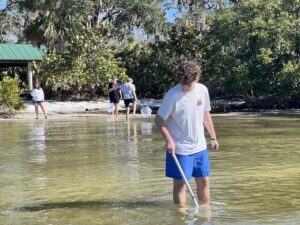
- Reserve a Pavilion or Site Early – County parks, preserves, and estuary programs often let teachers reserve pavilions for free or a nominal fee. Just call the parks office early in the school year to get your date. (I’ve literally reserved things before I had the funding just to be sure before!)
- Book Your Buses – Some schools need this done 30-60 days in advance. Know your district’s process and get it in as early as possible—bus slots fill up fast in the spring! If you can afford charter buses, do it, it’s worth the investment to run the schedule your way.
- Request Substitutes – If you’re pulling multiple teachers, make sure you’ve put in sub requests so your field trip doesn’t cause a coverage scramble. Remember that subs cost money and prepare for that in your budget needs!
- Plan and Pack Your Gear – Whether it’s water quality test kits, laminated ID cards, clipboards, or gloves for clean-ups—start a checklist and double it. Borrow equipment if needed or budget for it in your grant.
- Set Up Stations – Assign volunteers, co-teachers, or chaperones to help run stations like:
- Station 1: Salinity + DO testing
- Station 2: Animal Collection + ID
- Station 3: Shoreline clean-up and trash sort
- Station 4: Reflection + nature journaling
Pro tip: Give each student a field journal or worksheet to guide their rotation and reflection!
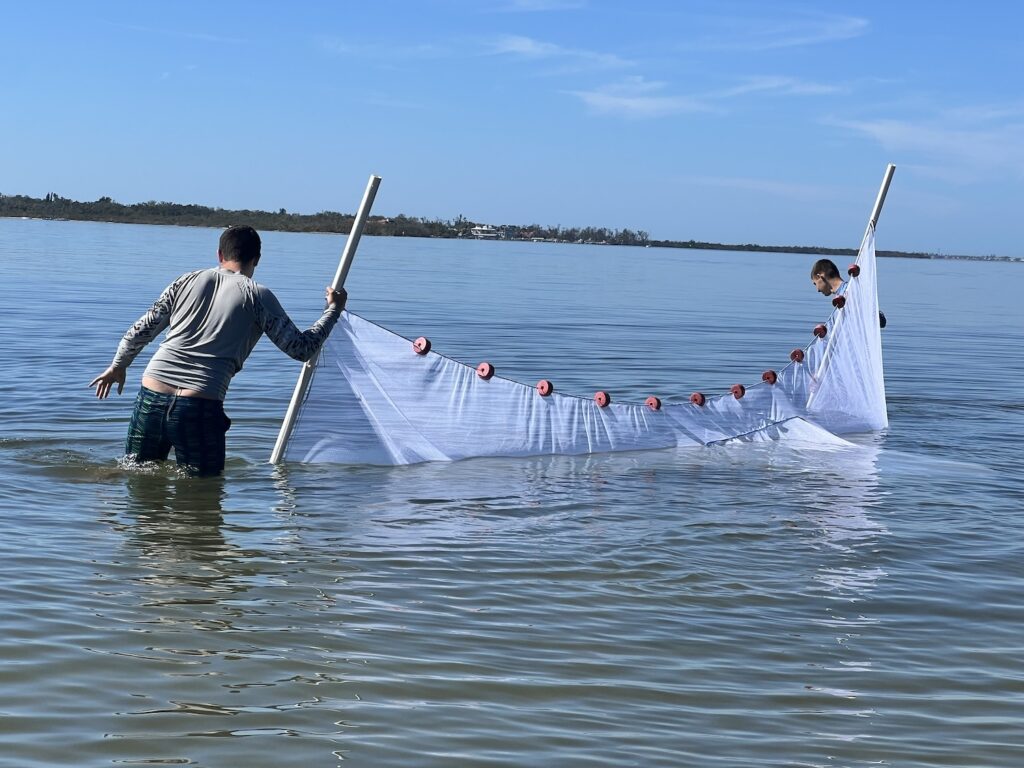
Why It’s All Worth It
Sure, booking a pre-packaged trip is easier—but when you design your own, you know that every single station is meaningful, every activity ties into your learning goals, and the day feels like an extension of your classroom—not just a day off campus.
Plus, your students get to see you in action—leading science in the field, working alongside community partners, and modeling how to care for the environment they call home.
So go ahead. Build that field trip. Chase the grants. Pack the buckets and boots. The world is waiting to be explored.
